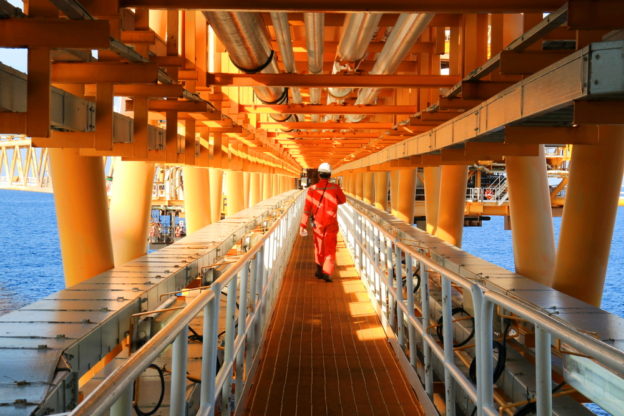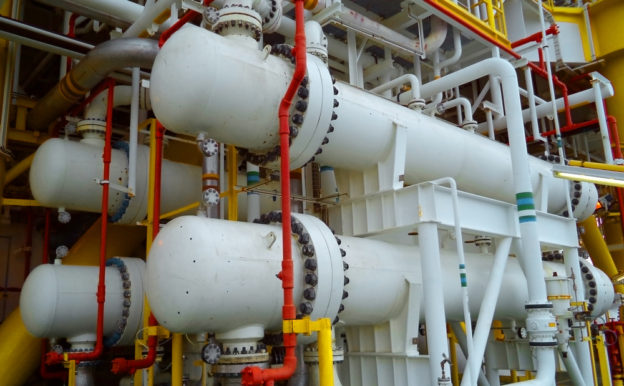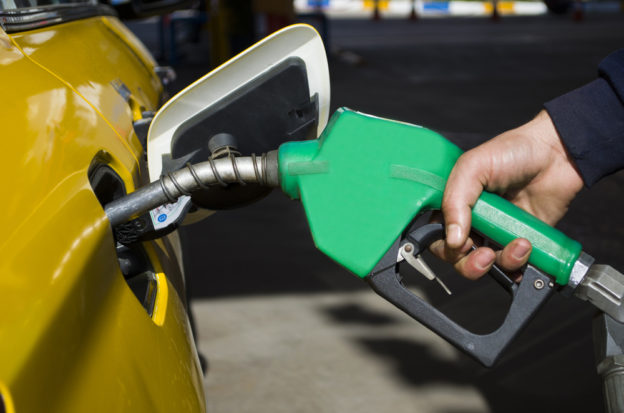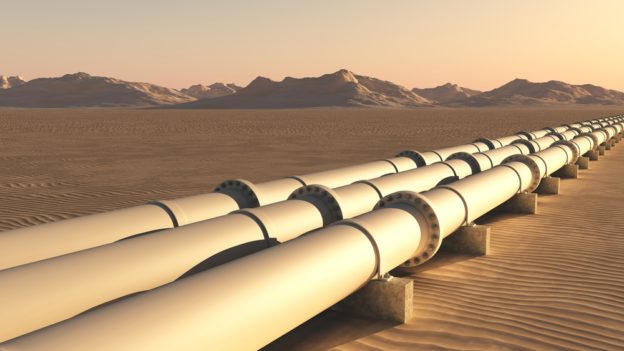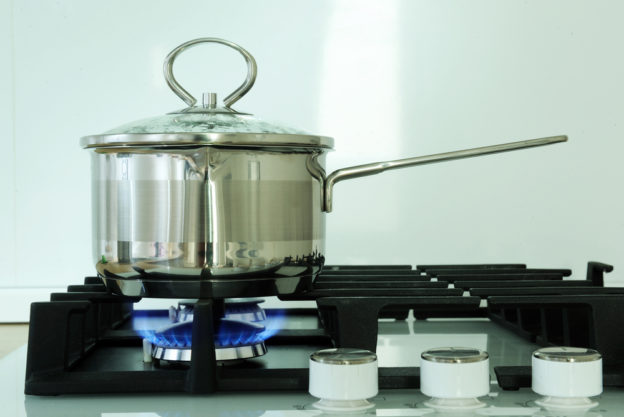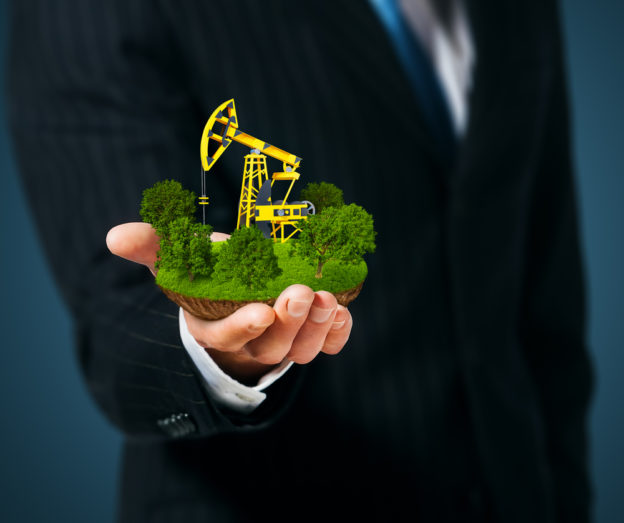Oil and gas are two of the most common resources used for energy throughout the world. While most people know that the oil and gas industry is based around drilling and extracting these natural resources, the actual process is one that often gets overlooked. With current concerns about how fracking impacts surrounding environments, it is helpful to understand the care that the oil and gas industry puts into the extraction process.
Staging the Construction Site
The construction of an extraction site is one that is strategically planned. When staging the site, the area is cleared out and is often reinforced with timber matting that minimizes the impact that the project may have on the surrounding land.
Usually, there is also the creation of access roads to and from the site. This can prove problematic for landowners with the desire to preserve their land as much as possible. That’s why the oil and gas industry has begun to take a more “green” approach” and create removable access roads that preserve the land leading into the pipeline site.
Excavation
After initial site construction, equipment is located to the site. This equipment can range from gas conditioning equipment to natural gas coolers. The type of and amount of equipment used really depends on the scope of the project.
Once the equipment is on-site, work to form the drill pad begins. This involves the actual excavation of the trench and removal of wooded areas surrounding the project.
Landowners have the choice to then:
- Sell the timber themselves
- Put the disposal in the hands of the pipeline company
Drilling and Testing
Oil and gas are resources that are typically found over a mile below ground. This means that a well must be drilled in order to grant access to resources to the pipeline. The industry currently makes the effort to practice horizontal drilling during this process. This drilling technique actually minimizes the impact and scale of the land disturbance aboveground. This advanced technique makes modern sites smaller than they have ever been in the last decade.
Fracking and Production
Fracking is the main event for a drilling site and involves chemicals, water, and sand being pumped at high pressure in order to release the oil and gas trapped inside of the property’s shale rock.
After fracking is completed over the next few days, actual production on the site begins with fracturing fluid being recycled for future sites!
Complete the Extraction Process Successfully with Equipment from Pro-Gas
Pro-Gas, LLC is a Dallas-based company that is dedicated to providing the best in equipment for industry extraction sites and facilities alike. We provide clients with storage solutions, gas cooling solutions, and more. Contact us today to find out more about our product availability.




